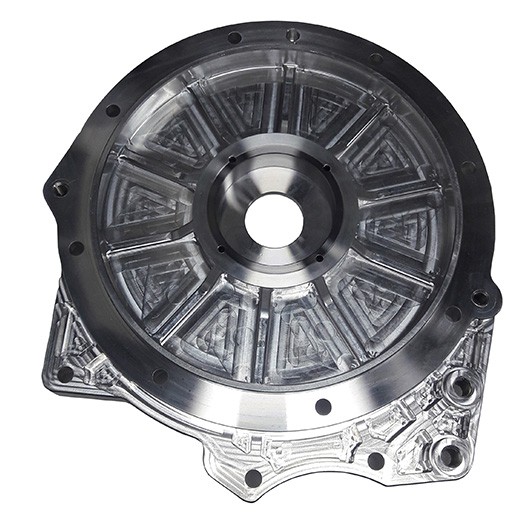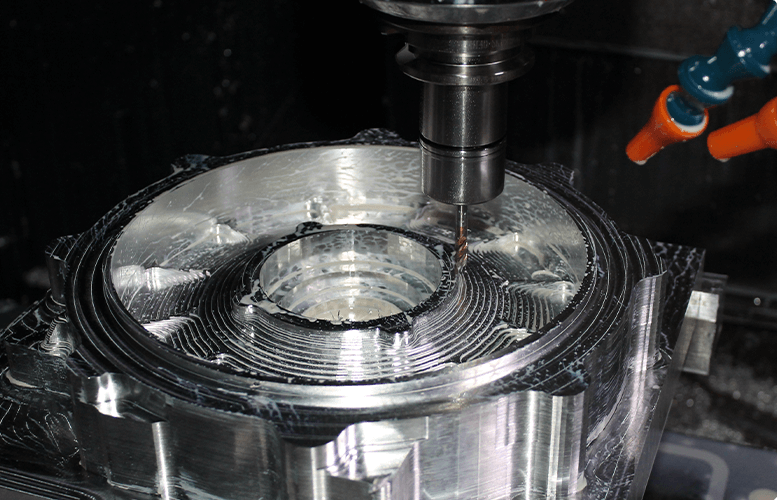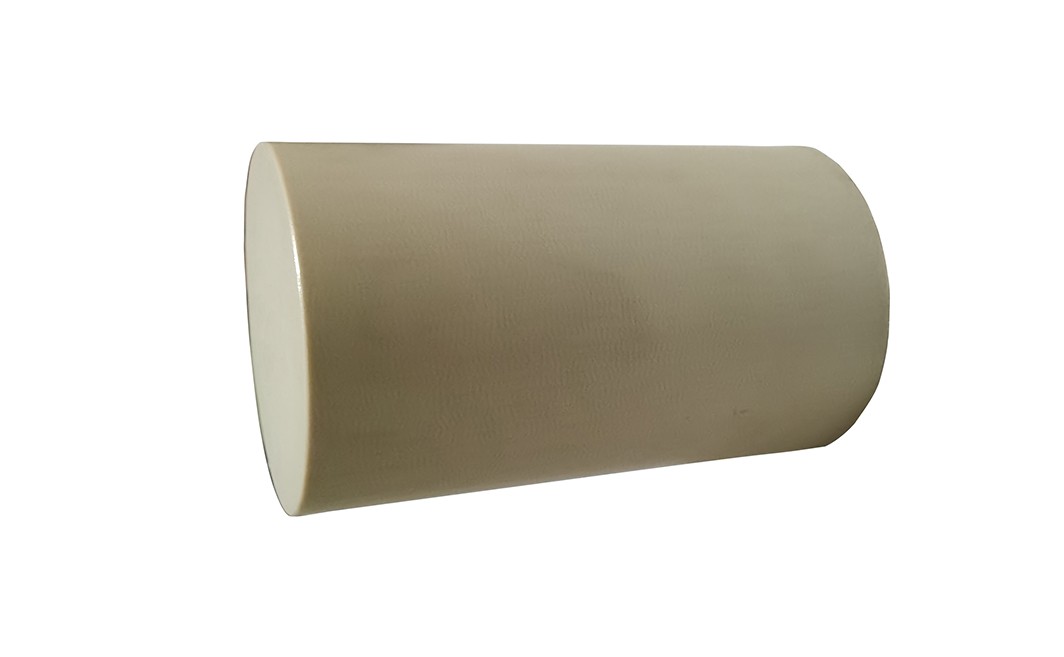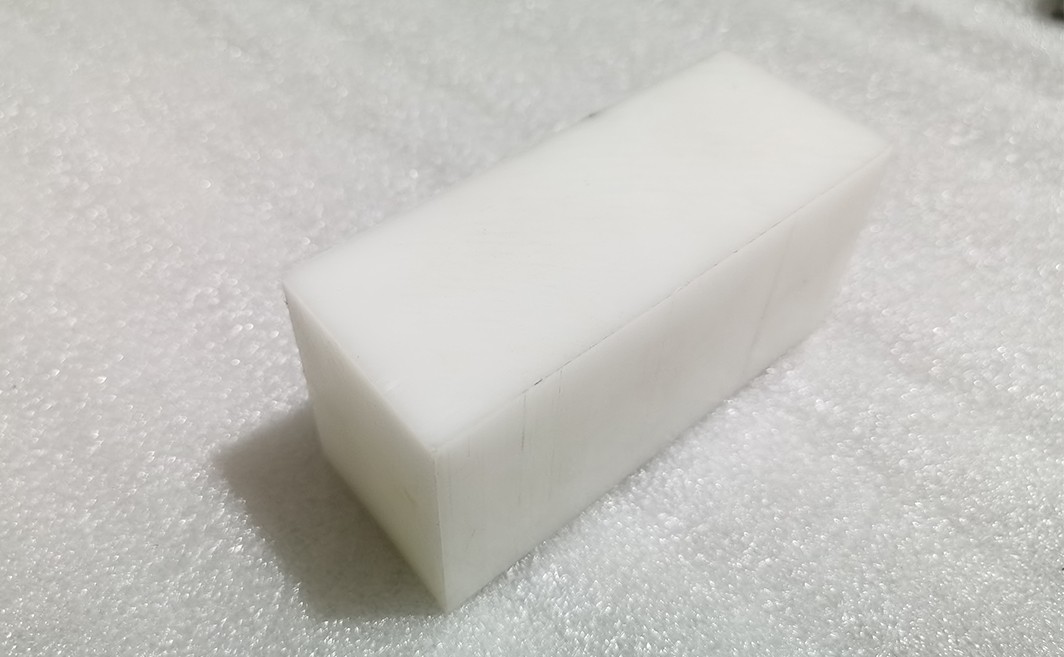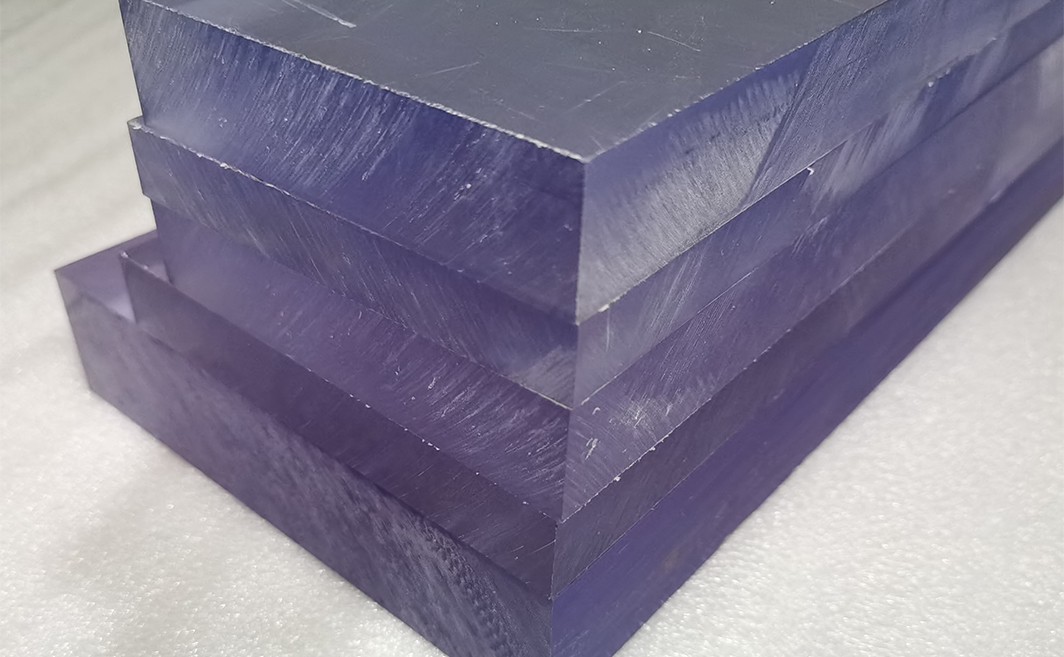Nylon is a synthetic polymer, specifically a type of polyamide, known for its strength, flexibility, and durability. Due to its properties, CNC-machined nylon parts are often used in gears, bushings, rollers, spacers, and other components where durability and reduced friction are essential. Nylon is relatively easy to machine. It can be milled, turned, and drilled using standard CNC equipment. However, due to its softer nature compared to metals, care must be taken to avoid excessive heat generation which could melt or deform the material.
Nylon 66 (often written as Nylon 6,6 or PA 66) is a specific type of polyamide and is one of the most commonly used nylons. The "66" designation refers to the fact that it is synthesized from hexamethylene diamine and adipic acid, each containing 6 carbon atoms. Nylon 66 is a widely-used engineering thermoplastic due to its balanced combination of strength, temperature resistance, and wear characteristics. CNC machining in nylon 66 results in inexpensive, high-performance parts.









